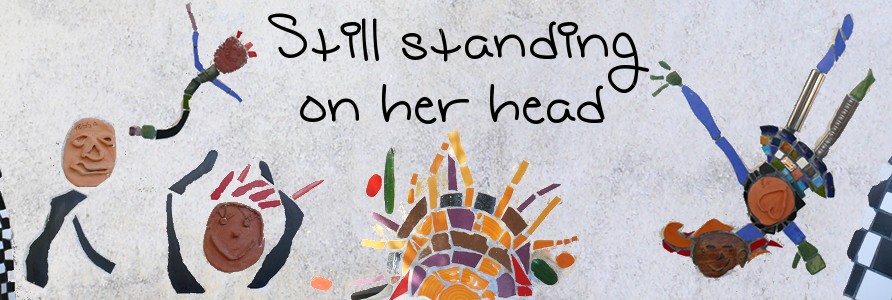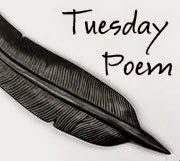
There can't be many New Zealanders who haven't come across Denis Glover's poem "The Magpies" - very likely in primary school. That may be a pity, because it is liable to be dismissed later on as rather simple and childish, with it's repeated chorus
quardle oodle ardle wardle doodle, the magpies said
The more adult point of the ending to the story will probably be a little lost on most children with it's story of rural hardship and land lost to "mortgage corporations".
(That's a magpie in the photograph above, the same as the Australian bird of the same name, but different from the English one - larger and more agressive).
And there are other Glover poems which I enjoyed in my younger years, which also seem quite simple -
Drift, drift upon the beach
Dead man's bay and dead man's reach
And another entitled "For a Child"
which begins
Cave Rock is made of toffee
and the sea of lemonade
But ends in rather more barbed fashion
And wistfully the children sit
While Army trombones teach
That only Christ, not Cortes,
Can land upon the beach
At Sumner when the seas roll in.
At Sumner on a Sunday.
(The Army in question, of course, being the Salvation Army - whose bands rarely at the beach these days).
Both "For a Child" and "Drift" appear in Glover's collection "Sings Harry" published in 1951. But it was the title sequence which particularly interested me. I'd never looked really closely at the "Sings Harry" poems before. Again, they are apparently simple poems. On the evidence of the text, Harry is a rural character, probably unmarried, now elderly and living a simple life:
Once I followed horses
And once followed whores,
And marched once with a banner
For some great cause,
sings Harry.
But that was thistledown planted on the wind.
The device of the irregularly repeated refrain sings Harry in these verses is interesting. The poems read perfectly well without it, many then becoming sequences of regular four line stanzas. But the phrase "sings Harry" distances the poet from the poems a little. Without it, they might be taken as autobiographical. Clearly they are not. Glover was born in 1912, whereas Harry remembers Uncle JIm going off to the wars and being killed in the Transvaal -presumably around 1904. He is an older man than Glover. Still, I can't help wondering how much of his own feelings and attitudes Glover puts into the character.
Harry is a mountain man, but in other poems in the collection, and even in the "Sings Harry" poems, Glover's love of the sea shows through
From the cliff-top a boy
Felt that great motion,
And pupil to the horizon's eye
Grew wide with vision
I enjoyed this collection. Perhaps Glover was half-referring to himself when he wrote the first in the book:
These songs will not stand-
The wind and the sand will smother.
Not I but another
Will make songs worth the bother:
The rimu* or kauri* he
I'm but the cabbage tree*.
Sings Harry to an old guitar
The Sings Harry songs have been set to music, and I believe they will last longer than the author might have expected.
*The Maori have a saying when someone of stature dies: A mighty totara has fallen. Like the totara, rimu and kauri are majestic giants of the forest, particularly the kauri. The cabbage tree is a palm tree native to New Zealand, quick growing and common (we have one in our garden).









